Keeping our pets healthy goes beyond feeding them balanced meals. Just like humans, animals thrive when they stay active. Exercise keeps pets fit, prevents obesity, reduces behavioral issues, and strengthens the bond between pet and owner.  Whether you’re looking for dog walking routines, fun cat activities, or ways to keep small pets entertained, regular activity is one of the best gifts you can give your companion.
Whether you’re looking for dog walking routines, fun cat activities, or ways to keep small pets entertained, regular activity is one of the best gifts you can give your companion.
This guide will share friendly suggestions and guidelines on pet exercise for dogs, cats, and other animals.
Why Exercise Is Important for Pets
Regular activity provides both physical and mental benefits. Pets that move and play daily enjoy:
- Healthy weight management
- Improved heart and muscle strength
- Better digestion and joint mobility
- Reduced stress, anxiety, and boredom
- Stronger connections with their families
From outdoor exercise for dogs to indoor games for cats, activity is essential for a long and happy life.
Exercise Guidelines for Dogs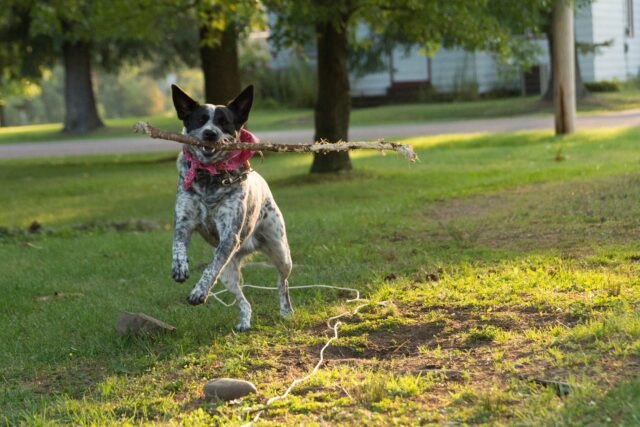
Dogs are naturally active animals, but their needs depend on size, breed, and age. A small lap dog won’t need the same amount of activity as a working breed like a Border Collie or German Shepherd.
- Daily Dog Walks
Walking is one of the most popular and effective forms of dog exercise. Most dogs need at least 30 minutes to 2 hours of walking every day. Smaller breeds may thrive on shorter walks, while larger breeds require longer adventures.
- Playtime and Games
Dogs love games that challenge both body and mind. Some favorites include: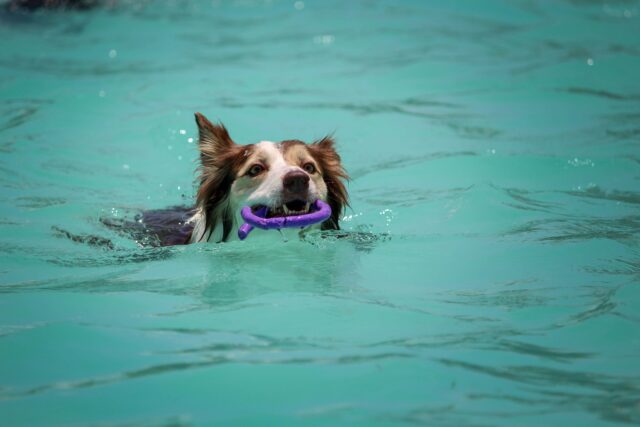
- Fetch with balls or frisbees
- Tug-of-war with ropes or toys
- Agility courses in the backyard or at a pet park
- Hide-and-seek with treats or toys
These games are more than just fun—they help prevent destructive behaviors that often come from boredom.
- Dog Parks and Socialization
Trips to a dog park provide exercise plus valuable socialization. Running, chasing, and playing with other dogs can burn off energy and improve social skills.
- Indoor Dog Exercise
On rainy or cold days, pets can still get moving indoors. Try stair climbing, tug toys, or puzzle feeders that encourage activity. Even short bursts of play help keep energy levels balanced.
Exercise Guidelines for Cats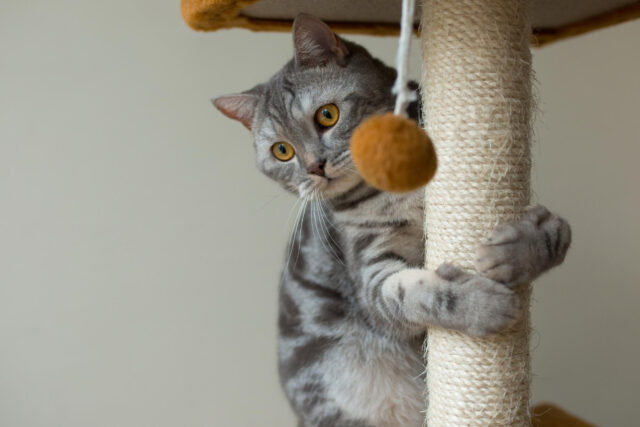
Cats are often thought of as low-energy animals, but they need regular activity to stay fit and mentally stimulated. A sedentary cat can quickly gain weight, which may lead to health issues.
- Interactive Playtime
Cats love short bursts of intense play. Use toys that mimic prey, like feather wands, laser pointers, or toy mice. Aim for 10–15 minutes of play, two or three times per day.
- Climbing and Scratching
Cats are natural climbers and scratchers. Provide cat trees, scratching posts, and wall-mounted shelves to encourage climbing and stretching. These activities keep muscles strong and claws healthy.
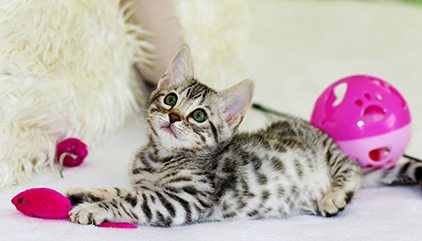
- Indoor Hunting Games
Scatter small portions of kibble around the house or use food puzzles. Cats enjoy the challenge of “hunting” for food, and it provides both exercise and mental stimulation.
- Outdoor Cat Activity
If it’s safe, cats can enjoy supervised outdoor time. Consider a secure catio, leash training with a harness, or time in a fenced yard. This allows cats to explore while staying safe.
Exercise for Small Pets
Rabbits
Rabbits need plenty of space to hop and run. Provide a safe playpen or rabbit-proofed room where they can explore for at least a few hours each day. Tunnels, cardboard boxes, and chew toys encourage movement.
Guinea Pigs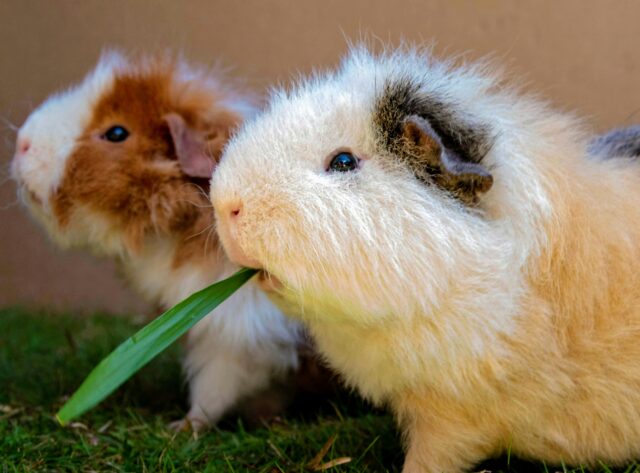
These little pets enjoy exploring floor time outside their cage. Set up tunnels, safe hiding spots, and toys that encourage them to move.
Ferrets
Ferrets are playful and energetic. They need daily time outside their cage to run, chase toys, and climb.
Birds
Birds benefit from flying in safe indoor spaces or spending time outside their cages. Toys that require climbing or shredding also count as exercise.
Mental Stimulation as Exercise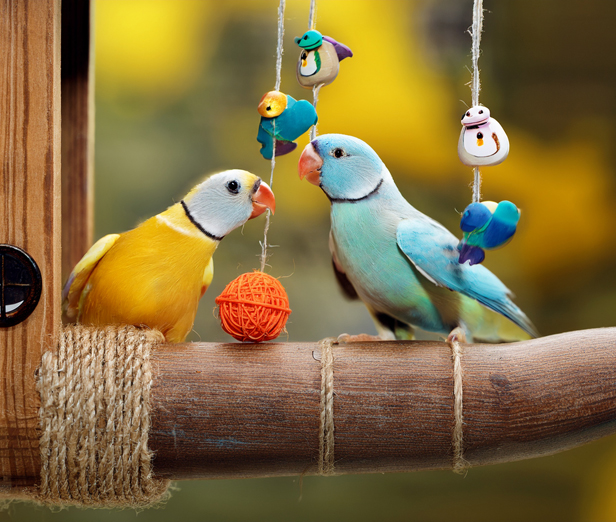
Physical activity is important, but pets also need mental exercise. Brain games help reduce boredom and provide enrichment. Some examples include:
- Puzzle toys for dogs and cats that require problem-solving
- Training sessions with treats and positive reinforcement
- Scent games where pets search for hidden snacks
- New environments such as car rides, new walking routes, or different rooms in the house
Mental workouts are especially helpful for senior pets who may not be as physically active.
Creating a Routine
Consistency is key when it comes to pet fitness. Setting a routine helps pets know when to expect activity, making them calmer and better behaved. For example:
- Dogs: morning walk, afternoon play session, evening stroll
- Cats: play with feather toy after breakfast, food puzzle midday, laser pointer session in the evening
- Small pets: daily out-of-cage playtime and interactive toys
By building activity into your pet’s daily life, you help them maintain a balance of energy, health, and happiness.
Exercise Safety Tips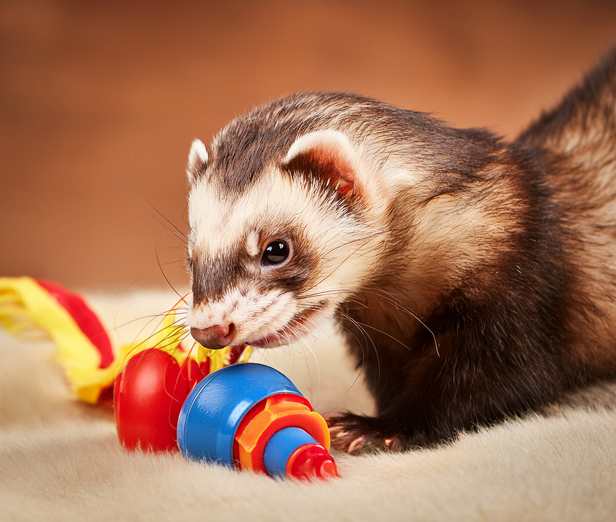
While keeping pets active is vital, safety should always come first.
- Watch the weather: Avoid intense exercise in extreme heat or cold.
- Use proper gear: Harnesses are often safer than collars for dogs, especially during long walks.
- Start slow: If your pet is not used to exercise, gradually increase the intensity.
- Monitor health: Stop activity if your pet seems overly tired, limping, or distressed.
- Hydration matters: Always provide water before and after exercise sessions.
Benefits of an Active Pet
The results of regular pet exercise are easy to see:
- Leaner, stronger bodies
- Better mood and behavior
- Longer attention spans during training
- Stronger bond with owners
- A happier, healthier life overall
Pets that move daily live fuller lives, and active pets often age more gracefully than sedentary ones.
Final Thoughts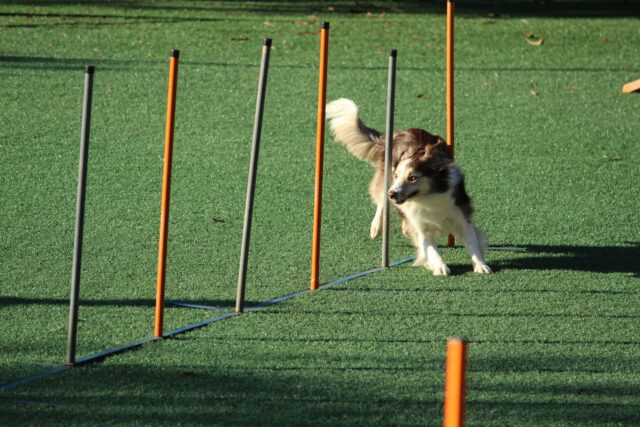
Whether you’re committed to long dog walks, creative cat activities, or playful time with small pets, exercise is one of the best things you can provide. Activity isn’t just about burning energy—it’s about building trust, creating joy, and supporting overall health.
From indoor games for pets on rainy days to exciting outdoor adventures, the possibilities are endless. The most important thing is making exercise part of your pet’s everyday life. A little movement each day adds up to a big difference over time.
Because in the end, active pets are happy pets—and happy pets make happy families.


